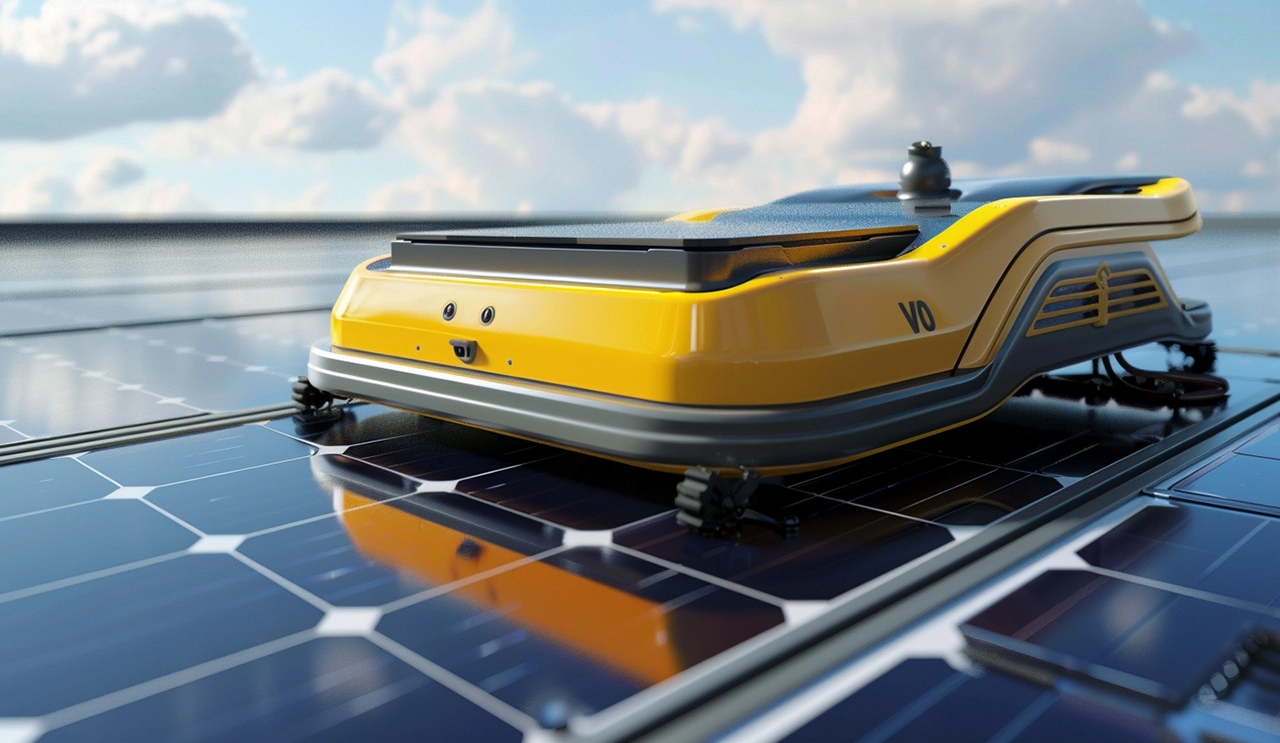
WIRELESS CHARGING IN THE NEWS
In the industrial and infrastructure sectors, hanging rail inspection robots are favored for their flexible mobility and efficient inspection in complex and high-altitude environments. However, with the increasing application of rail inspection robots in different scenarios, how to provide stable and continuous power supply for these robots has become an urgent problem to be solved. The choice of charging technology directly affects the endurance and work efficiency of the hanging rail inspection robot.
Traditional rail inspection robots usually rely on fixed-point charging, that is, wired charging at a preset charging station. Although this method can ensure the stability of charging, there are some obvious limitations. First of all, the robot must be charged at a fixed time and place, which limits their working time, especially in the case of frequent tasks or large inspection scope, the robot may need to return to the charging station frequently, which greatly reduces the work efficiency. Secondly, the construction and maintenance of fixed charging stations also increase the complexity and cost of the system.
In order to solve these problems, wireless charging technology has been put on the agenda. Wireless charging technology can transmit electricity without physical contact, and through the principle of electromagnetic induction or magnetic resonance, the robot can be charged during inspection tasks or when returning to any location in the orbital system. This approach not only reduces the downtime of the robot due to charging, but also significantly improves its work continuity and flexibility.
The hanging rail inspection robot applying wireless charging technology can supplement the electric energy at any time without affecting its normal operation to ensure the continuity of inspection tasks. For example, wireless charging devices are set up at specific nodes or key areas of the track on the inspection route, and when the robot passes through these areas, it can automatically accept charging. In this way, even in the long and frequent inspection tasks, the robot can maintain a high endurance, without frequent interruption of work to return to the charging station. The application of this technology not only optimizes the inspection process, but also reduces the dependence on charging stations, thus reducing the complexity and maintenance cost of the entire system.
Although wireless charging technology has brought revolutionary changes to the power supply of rail inspection robots, some challenges still need to be considered in practical applications. The efficiency and transmission distance of wireless charging are still technical difficulties to be overcome. In order to ensure the charging efficiency of the robot in various environments, the system needs to have a high degree of adaptability and be able to transmit power stably under different orbital conditions. In addition, electromagnetic interference in the environment, the material and structural design of the track system may also have an impact on the effect of wireless charging. Therefore, in the actual deployment, technicians need to optimize the design of the wireless charging system according to the specific scenario to ensure that it provides stable and efficient power support for the robot.
In the future, with the continuous maturity and popularization of wireless charging technology, the hanging rail inspection robot will gain stronger autonomy and work ability. By combining the wireless charging system with the robot intelligent control system, the rail inspection robot can automatically plan the inspection route according to its own power state, and independently find the best charging position for charging within an appropriate period of time. This development direction will greatly improve the working efficiency and adaptability of robots in complex environments, and provide more reliable inspection solutions for various industries.







